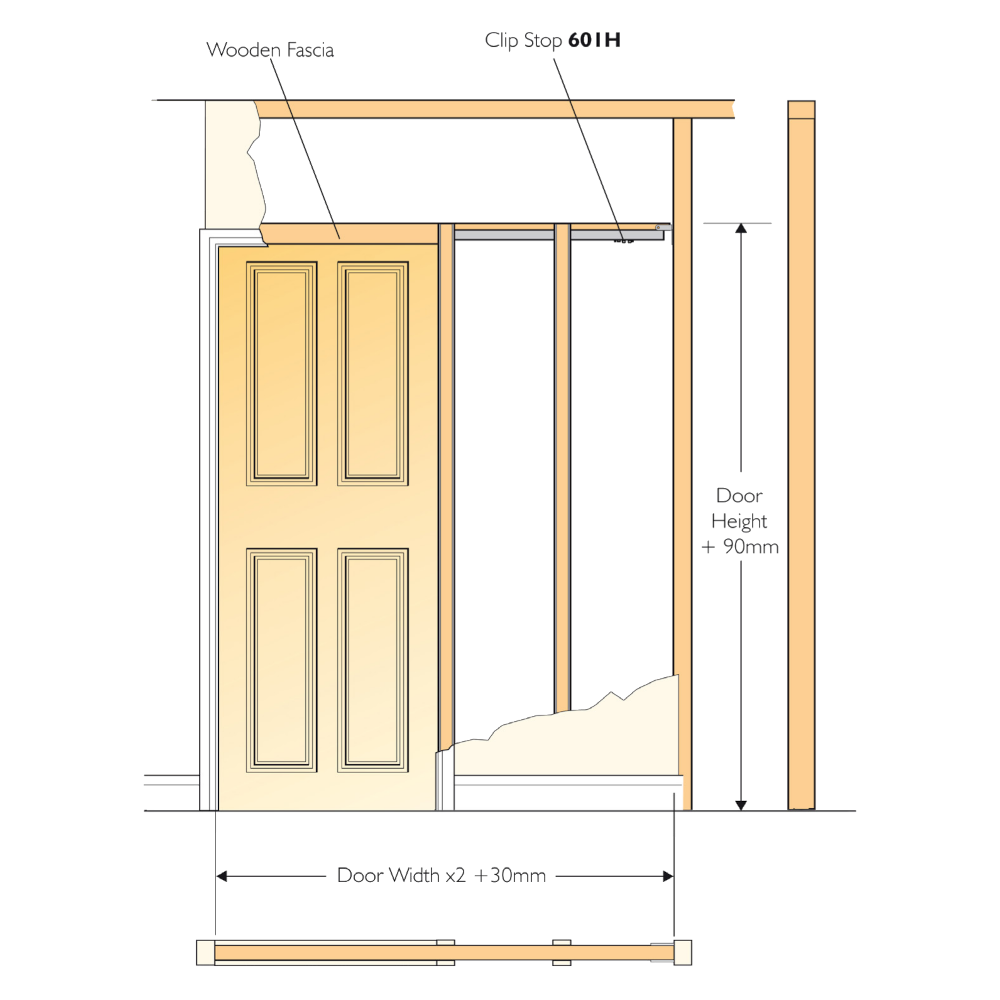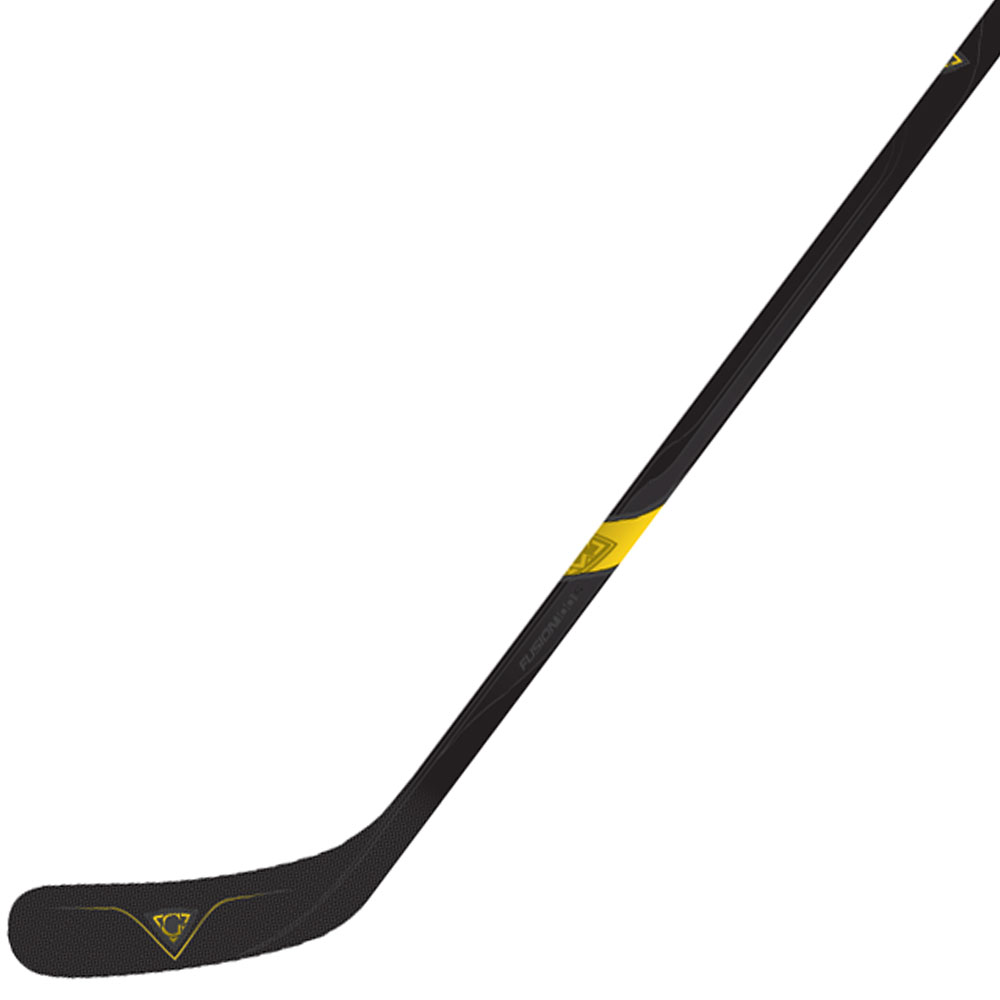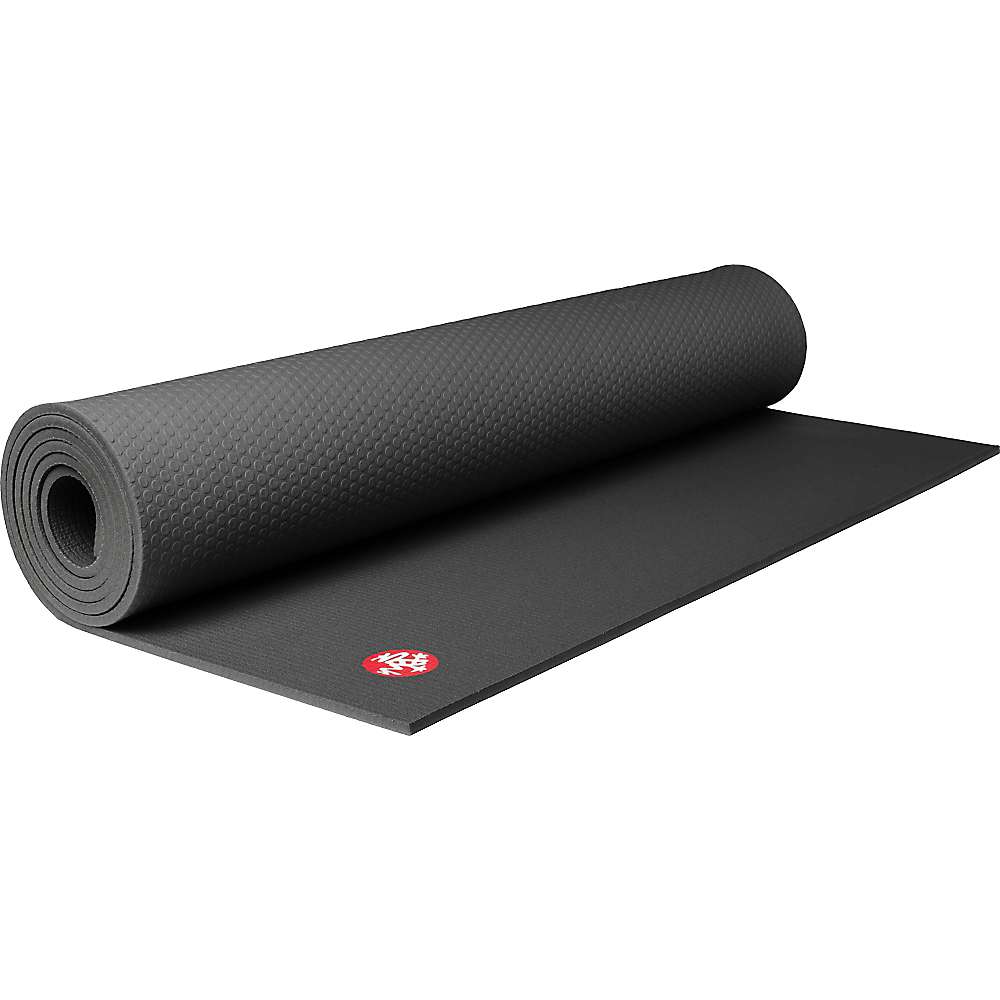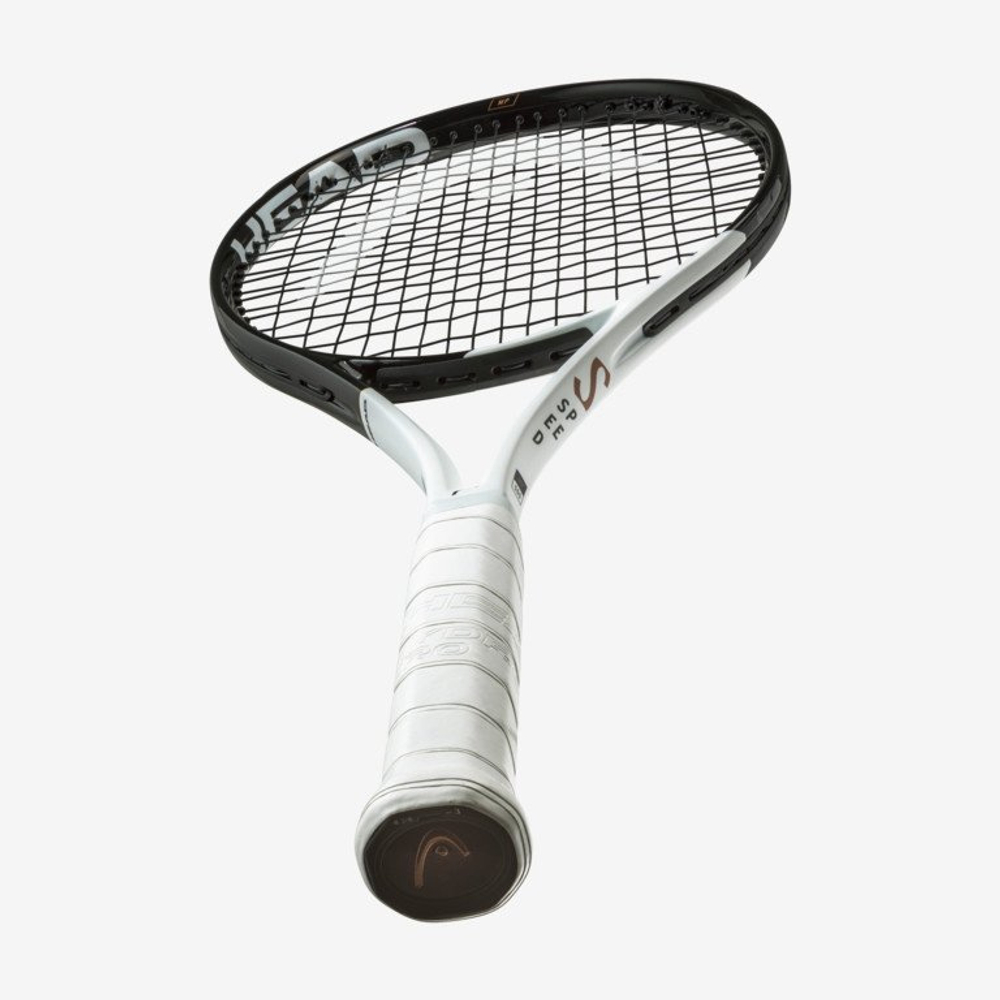Ever found yourself trying to explain just how long something is without a measuring tape? You’re not alone. We constantly reference sizes in our daily conversations, yet visualizing measurements can be tricky without the right mental benchmarks.
That’s where knowing common objects of specific lengths comes in handy especially when it comes to one of the world’s most widely used measurements: the meter.
From furniture shopping to home improvement projects, understanding what “one meter” actually looks like in real life can save you time, prevent mistakes, and help you make better spatial judgments. But beyond practicality, there’s something fascinating about recognizing the hidden uniformity in objects around us.
How Long is 1 Meter?
A meter equals approximately 3.28 feet or 39.37 inches a measurement that originated in late 18th century France as one ten-millionth of the distance from the North Pole to the Equator. Today, it’s the fundamental unit of length in the International System of Units (SI) and serves as a standard measurement worldwide.
You’ll find this length everywhere once you start looking: from the height of your kitchen counter to the length of your guitar, the meter quietly defines much of our physical world.
1. A Standard Guitar
Pick up almost any adult acoustic guitar, and you’re holding something remarkably close to one meter in length. From the tip of the headstock to the bottom of the body, most standard guitars measure between 98-102 centimeters effectively one meter. This length isn’t arbitrary; it represents centuries of refinement to balance playability, sound projection, and ergonomics.
Guitar makers discovered that this length creates the perfect tension for strings while allowing musicians to comfortably reach all frets.
The meter-long design has proven so effective that it’s remained largely unchanged since the modern guitar took shape in the 19th century. Next time you see someone playing, notice how the instrument’s length perfectly complements the human frame a testament to thoughtful design evolution.
The guitar’s meter-long form has even influenced architecture and furniture design guitar rooms and storage solutions typically accommodate this standardized length. And here’s something surprising: if you were to unwind all six strings from a standard guitar and lay them end to end, they’d stretch nearly 4 meters!
2. Adult Baseball Bat

When a baseball player steps up to the plate, they’re typically wielding a meter-long tool of the trade. Professional baseball bats generally measure between 97-110 centimeters in length, with most hovering right around the one-meter mark. This length strikes the perfect balance between swing speed and power generation.
The physics behind a baseball bat’s length fascinates engineers and sports scientists alike. Too short, and the bat lacks the leverage needed for powerful hits; too long, and the batter can’t control their swing effectively. The meter length maximizes the “sweet spot” that perfect hitting zone while keeping the bat manageable for most adult players.
Baseball’s history reveals constant experimentation with bat lengths, but the sport consistently returns to measurements close to one meter. Babe Ruth famously used a 35-inch (89 cm) bat that weighed a whopping 54 ounces, while modern stars like Mike Trout prefer slightly longer 33.5-inch (85 cm) models with much lighter weights. When customized with grip tape and knobs, many bats reach that perfect meter mark.
3. A Single Bed Width

Next time you’re shopping for a mattress, remember this handy reference point: a standard single (or twin) bed measures almost exactly one meter wide. At 38-39 inches (96-99 cm), these beds have become standardized across the furniture industry, making them practically perfect meter-wide rectangles.
This standardization didn’t happen by accident. The one-meter width evolved as an optimal sleeping space for one adult, providing enough room to move comfortably without wasting valuable floor space. It’s especially helpful in children’s rooms, dormitories, and small apartments where maximizing space efficiency matters.
The one-meter bed width appears consistently across cultures, suggesting there’s something fundamentally ergonomic about this measurement.
Even in countries that don’t officially use the metric system, bed manufacturers have gravitated toward dimensions that align almost perfectly with the meter. This commonality makes the single bed width one of the most reliable meter references found in homes worldwide.
4. A Typical Doorway Width

While doorway sizes vary across building types and eras, the standard interior doorway width in modern residential construction hovers remarkably close to one meter. Most interior doors measure between 32-36 inches (81-91 cm), with many international building codes standardizing on 90 cm just shy of a full meter.
This near-meter width evolved from practical considerations of human ergonomics and furniture dimensions. Doorways must accommodate not just people but also the furniture and appliances we move through our homes. The meter-width standard ensures most items can pass through without damaging walls while still maintaining efficient use of wall space.
Doorway dimensions also reflect accessibility concerns. In many countries, building codes now require at least 32 inches (81 cm) of clear passage to accommodate wheelchairs another example of human-centered design converging on measurements close to the meter.
Ancient doorways tell a different story, often measuring much narrower, as furniture was less substantial and defensive considerations sometimes favored tight entrances.
5. A Pool Cue
Pool halls worldwide share a remarkable consistency: virtually every standard pool cue measures almost exactly one meter long (typically 57-58 inches or 145-147 cm with the tip included). That consistent length about one meter for the shaft portion remains one of the sport’s defining characteristics.
The one-meter shaft creates the perfect balance between control and reach across the felt-covered table. This length allows players to execute precise shots without awkward body positioning, even when the cue ball sits far from the rail. Pool cue makers have experimented with different lengths throughout history, but competitive play consistently returns to this standard.
While professional players sometimes use slightly shorter or longer cues for specialty shots, the one-meter shaft remains billiards’ gold standard. Fascinatingly, this length corresponds to the average human arm span plus hand length suggesting the modern cue evolved to extend a player’s natural reach by exactly the right amount.
Next time you pick up a pool cue, you’re handling one of the most precise meter-long implements in recreational sports.
See Also: 17 Common Things that are 10 Inches Long
6. A Yard Stick (Plus a Bit More)
The humble yardstick serves as a perfect visual bridge between imperial and metric systems. At exactly 36 inches (91.44 cm), it falls just shy of a complete meter. Want to visualize a meter? Simply imagine a yardstick with about 3.5 additional inches attached to the end.
This slight difference between the yard and meter has historical significance. When the metric system was being promoted internationally in the 19th century, proponents often pointed out how close the yard was to a meter just different enough to cause problems in international trade and science, but similar enough that transition wouldn’t be conceptually difficult.
Many educational settings now use dual-marked measuring sticks showing both systems, with the meter side extending noticeably beyond the yard marking.
This visual comparison makes the yardstick-plus-a-bit-more one of the most intuitive ways to understand the meter’s length, especially in countries still using imperial measurements.
7. Average Height of a 3-Year-Old Child
The average height of a three-year-old child hovers remarkably close to one meter, typically ranging between 94-102 cm. This milestone represents approximately half their eventual adult height and serves as an important developmental marker for pediatricians worldwide.
This one-meter height at age three remains consistent across diverse populations, with only slight variations based on genetics and nutrition. The World Health Organization uses this measurement as part of its standard growth charts, making the three-year-old perhaps the most universal “living meter stick” we encounter.
Parents often find this benchmark helpful for practical planning a child who stands one meter tall will interact differently with furniture, safety equipment, and learning environments.
Many children’s products designed for the 3-4 age range accommodate this specific height. Next time you see a preschooler, you’re likely looking at a walking, talking meter measurement!
8. A Counter-Height Kitchen Surface

The standard kitchen counter worldwide hits the one-meter mark with remarkable consistency. Most kitchen countertops stand between 35-36 inches (89-91 cm) from the floor just shy of a full meter. When you include the typical overhang, many counters reach a total depth of almost exactly one meter.
This near-meter height emerged from decades of ergonomic research. Kitchen designers discovered that this measurement minimizes back strain for most adults during food preparation. The height allows comfortable downward force when chopping vegetables or kneading dough while keeping work surfaces visible without hunching.
Counter height has remained essentially unchanged for generations despite evolving kitchen designs, suggesting there’s something fundamentally optimal about this measurement.
Even as kitchens have transformed from utilitarian workspaces to social gathering spots, the one-meter working surface endures as a design standard across cultures and architectural styles.
9. A Hockey Stick

Step onto any ice rink, and you’ll find players wielding implements that measure almost exactly one meter long. Standard hockey sticks range from 150-170 cm in total length, but the shaft portion from handle to the beginning of the blade typically measures between 95-105 cm, centering around that one-meter mark.
This length evolved through decades of play to balance control, power, and maneuverability on the ice. The meter-long shaft creates optimal leverage for slap shots while allowing players to maintain control during quick direction changes. Hockey’s governing bodies now regulate stick dimensions carefully, but the meter-length shaft remains the sport’s gold standard.
Youth hockey sticks scale proportionally shorter, but players typically graduate to full-length sticks with their meter-long shafts around age 12-14. Interestingly, hockey stick technology has transformed dramatically from wooden to composite materials, yet the fundamental length hasn’t changed, suggesting this dimension has achieved biomechanical perfection for the sport.
10. A Sofa Cushion Length

While sofas come in countless styles and sizes, there’s a remarkable consistency in cushion length across manufacturers: most standard sofa seats measure between 90-110 cm wide centering almost perfectly on the one-meter mark. This dimension has become so standardized that interior designers often plan spaces assuming each sofa “place” requires approximately one meter of width.
This meter-wide standard evolved through trial and error to accommodate the average adult comfortably. The measurement provides enough space to sit naturally without feeling cramped, while still allowing multiple people to share a typical sofa.
Most three-cushion sofas measure just over three meters in total width a direct reflection of this human-centered design principle.
Furniture manufacturers rarely advertise this dimension specifically, but next time you’re shopping for seating, notice how consistently cushion width hovers around one meter. Even sectional pieces and loveseat components typically maintain this measurement, demonstrating how deeply the meter has influenced our everyday furnishings.
11. A Rolled Yoga Mat

Unroll the path to mindfulness, and you’ll find yourself standing on almost exactly one meter of width. Standard yoga mats measure 68-72 inches long (173-183 cm) but maintain a nearly universal width of 24 inches (61 cm). When rolled up for storage or transport, these mats form cylinders measuring very close to one meter in length.
This standardization helps yoga practitioners worldwide maintain consistent practice spaces regardless of location. The meter-long rolled mat has become such a familiar sight that it serves as an immediate visual signal of yoga practice across cultures a tubular ambassador of mindfulness measuring almost exactly one meter.
Mat dimensions evolved through practical experimentation, with the width allowing sufficient space for poses without creating unnecessarily bulky equipment. While specialized “extra-wide” mats exist, the standard meter-long roll remains yoga’s most recognizable equipment profile, fitting perfectly into specially designed carrying straps and storage systems.
12. A Tennis Racket Plus Extended Arm

The modern tennis racket typically measures between 68-73 cm in length, but when held in playing position with an extended arm, the total reach approaches almost exactly one meter. This combined measurement racket plus arm extension creates the effective “reach sphere” that defines a player’s court coverage.
Tennis governing bodies strictly regulate racket dimensions, with maximum allowable length set at 29 inches (73.7 cm). This standardization emerged after experimental longer rackets in the 1990s threatened to fundamentally change the sport’s dynamics. The current length, which creates that roughly one-meter reach, maintains the game’s traditional balance between power and control.
Professional coaches often use this one-meter reach concept when teaching proper positioning and court coverage. Understanding that your “effective playing circle” extends approximately one meter from your shoulder helps players develop better spatial awareness during matches.
Next time you watch tennis, notice how players position themselves about one meter from where they anticipate striking the ball a direct application of this measurement in athletic strategy.
See Also: 15 Common Things That Are About 16 Inches Long
13. A Bicycle Handlebar Width

Mountain bikes and modern road bikes typically feature handlebars measuring between 90-110 cm wide centering almost perfectly on the one-meter mark. This width has evolved through decades of biomechanical research to optimize breathing, leverage, and control across various cycling disciplines.
The meter-wide handlebar creates ideal leverage for steering while allowing cyclists to open their chest cavity for maximum oxygen intake during exertion. Narrower bars improve aerodynamics but reduce breathing capacity; wider bars enhance control but create excess wind resistance. The one-meter width represents the optimal balance point for most adult riders.
Bike manufacturers rarely advertise handlebar width in relation to the meter, but this standardization demonstrates how human biomechanics naturally gravitates toward certain measurements.
Even as bicycle technology has transformed dramatically over decades, the meter-wide handlebar endures across different riding styles, suggesting something fundamentally ergonomic about this dimension.
14. The Width of a Twin Stroller

Parents navigating doorways with twins quickly become intimately familiar with the one-meter measurement. Standard side-by-side twin strollers typically measure between 75-85 cm in width, with premium models often pushing right up against the one-meter mark the maximum width that reliably fits through standard doorways.
This dimension represents a careful balance between providing adequate space for two infants and maintaining maneuverability in public spaces. Stroller designers work within this constraint to maximize comfort while ensuring parents can navigate the physical world without constant obstruction.
The relationship between stroller width and doorway standards demonstrates how interconnected our built environment measurements have become.
Many shopping centers and public buildings now feature doorways specifically designed to accommodate these meter-wide baby vehicles a small but significant example of how common this measurement has become in design considerations.
15. A Snow Shovel
When winter blankets the world in white, most people reach for a tool measuring almost exactly one meter wide. Standard snow shovels feature blades between 90-110 cm across another example of how the meter quietly defines our everyday implements.
This width evolved as the optimal balance between snow-clearing efficiency and human pushing capacity. Wider blades would move more snow but require more force than most adults can comfortably generate; narrower blades would require more passes to clear the same area. The meter-wide shovel blade represents ergonomic optimization through generations of snowy trial and error.
Professional snow removal equipment maintains similar proportions, with many commercial-grade pushers measuring exactly one meter wide.
This dimension allows operators to visualize cleared paths precisely and ensure complete coverage without unnecessary overlap yet another example of how the meter serves as both a physical measurement and planning tool in daily life.
How to Visualize a Meter Without a Measuring Tool
Need to estimate a meter without tools? Try these reliable body-based approximations:
- The Arm Span Method: Extend your arm straight out to the side. For most adults, the distance from the center of your chest to your fingertips is very close to one meter.
- The Step Method: Take one long, deliberate step. The average adult stride length closely approximates one meter.
- The Reach-Up Method: Stand straight and reach upward. For most adults, the distance from the floor to your extended fingertips equals roughly two meters, making the height to your waist about one meter.
These natural measuring tools have served humans for centuries before formal measuring systems existed. They’re still invaluable for quick estimations when precision isn’t critical.
Why Understanding the Meter Matters
Recognizing meter-sized objects transforms how you interact with your environment. This knowledge helps with:
- Space Planning: Visualizing room layouts and furniture placement becomes intuitive when you can mentally “measure” with meter references.
- Shopping Confidence: Evaluate product dimensions accurately while browsing online without relying solely on listed measurements.
- DIY Projects: Estimate material needs quickly, even without a tape measure handy.
- Travel Efficiency: Better judge suitcase sizes, overhead bin spaces, and other travel-related spatial challenges.
Most importantly, this awareness connects you to a measurement system used by over 95% of the world’s population. The meter surrounds us daily in objects we rarely notice a hidden design language shaping our physical world.
Conclusion
From the guitar on your wall to the yoga mat in your closet, meter-length objects define our daily experience more than we realize. This fundamental measurement has quietly shaped our tools, furniture, sports equipment, and public spaces creating a world built around human proportions.
Next time you’re trying to visualize a meter, you won’t need to search far. Simply look around for a baseball bat, guitar, or even a three-year-old child. These everyday meter benchmarks make spatial reasoning more intuitive and connect us to a measurement system that unites most of the world.
Take the meter challenge: look around your current location and identify five objects that measure approximately one meter in some dimension.
You’ll likely discover this fundamental measurement hiding in plain sight in doorways, furniture, sporting goods, and countless everyday items. The meter isn’t just a scientific standard; it’s woven into the very fabric of our designed world.
Read more knowledgeable blogs on Measure Take.

With 4 years of experience in measurement and precision, Liam Taylor is dedicated to delivering accurate, reliable results. His expertise spans multiple industries, ensuring top-notch quality in every project. As the admin of Namley Measure Take, he brings a passion for precision to every user experience.



